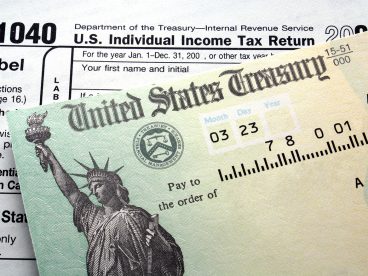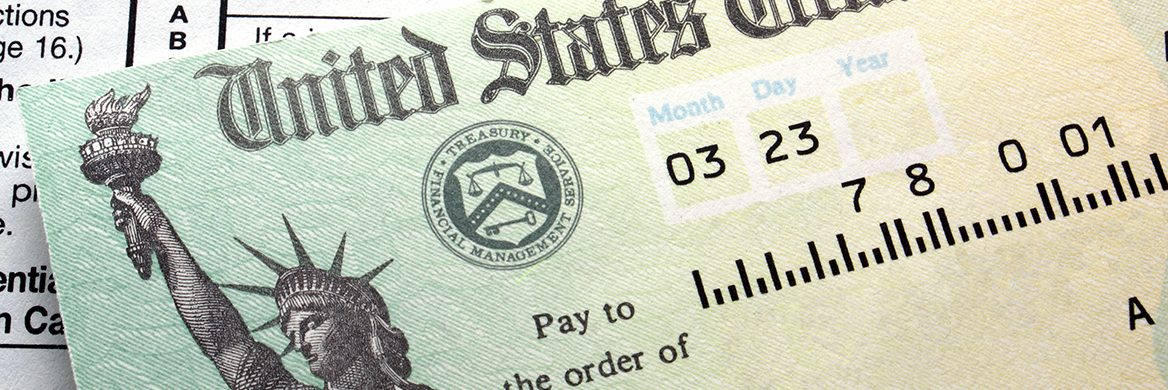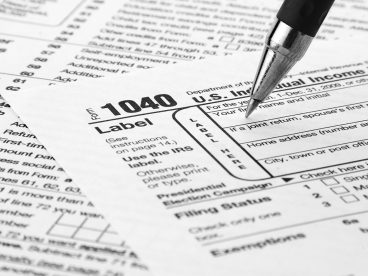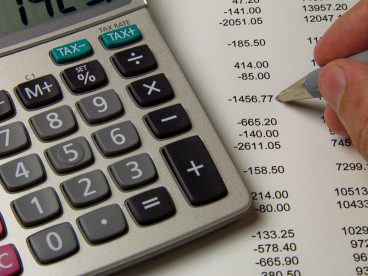The exact impact of the government shutdown on tax refund delivery is still unfolding. While the IRS expects to deliver most refunds within 21 days of processing, be prepared for delays.
The speed of your refund delivery is generally based on how you file your tax return and how you receive your refund. The fastest way to get your refund is to file your return electronically and use direct deposit to receive your refund.
Certain things will slow down the process. Mailing your tax return and having your refund delivered by check takes additional weeks to process. If your tax return has an error, is incomplete, or requires more review, you will receive your refund later.
Refund delays continue under the Protecting Americans Against Tax Hikes (PATH) Act of 2015. The PATH Act requires tax refunds that include the Earned Income Tax Credit (EITC) or Additional Child Tax Credit (ACTC) to be held until February 15 so the IRS can check your income against what your employer reported. The IRS estimates refunds that include the EITC/ACTC will be direct deposited starting February 27, 2019. The government shutdown may postpone this further because the IRS had a delayed start in hiring and training seasonal staff that help process tax returns during the tax season.
Some Individual Taxpayer Identification Number (ITIN) filers may experience additional delays
ITIN renewals and applications sent before the shutdown began in December 2018 still haven’t been processed. These documents must be processed by hand before your tax return is processed, so expect delays. If you file a tax return with an expired ITIN, your refund will be held until your ITIN is renewed.
How can you plan for your refund delivery?
1. File as you normally would. Waiting to file your tax return will not allow you to receive your refund faster.
2. Go to a free tax filing site. Get free tax help if you qualify. Refund delays are the same whether you go to free tax site, a paid preparer, or file your own taxes. Paid preparers cannot issue your refund any faster.
If you are experiencing financial hardship and need money immediately, read the fine print before agreeing to the terms of any loan or advanced refund product.
3. Check the status of your refund. Use the IRS Where’s My Refund? (WMR) tool online or download the IRS2Go app. You can start checking WMR 24 hours after filing your tax return electronically or four weeks after mailing a paper tax return. To check the status of your refund, you will need to know your taxpayer identification number (social security number or ITIN), your filing status, and your exact refund amount.
4. Avoid calling the IRS hotline about your refund. Wait times are longer than usual and often last several hours. IRS staff generally cannot provide any info that isn’t available through the WMR tool. You should call the IRS hotline if it has been more than 21 days since you electronically filed your return, more than six weeks since you mailed your return, or you are instructed to call the IRS by WMR or another trusted and verified source.








